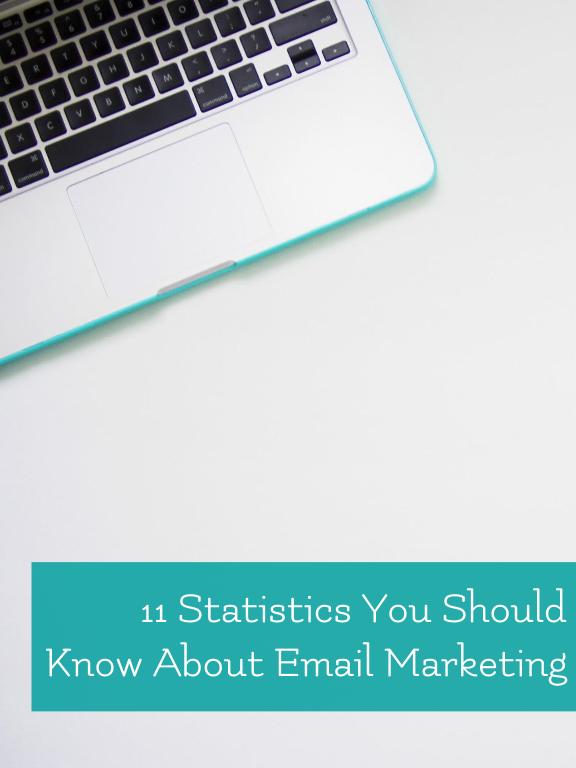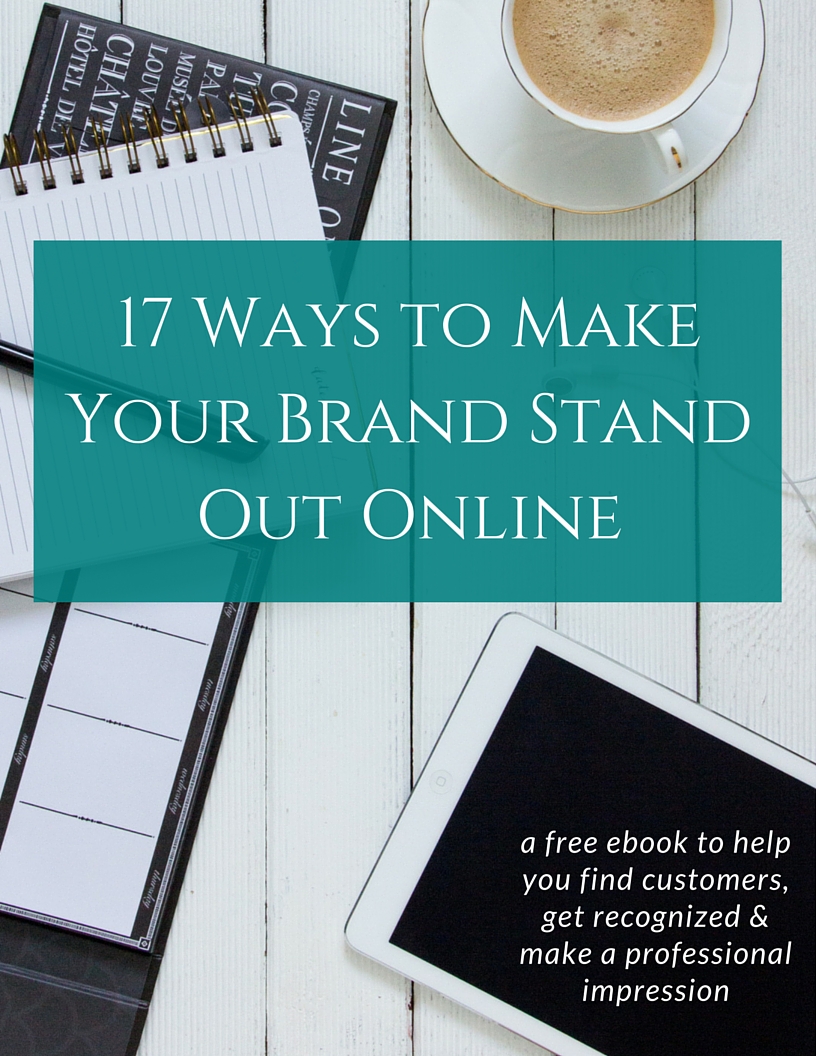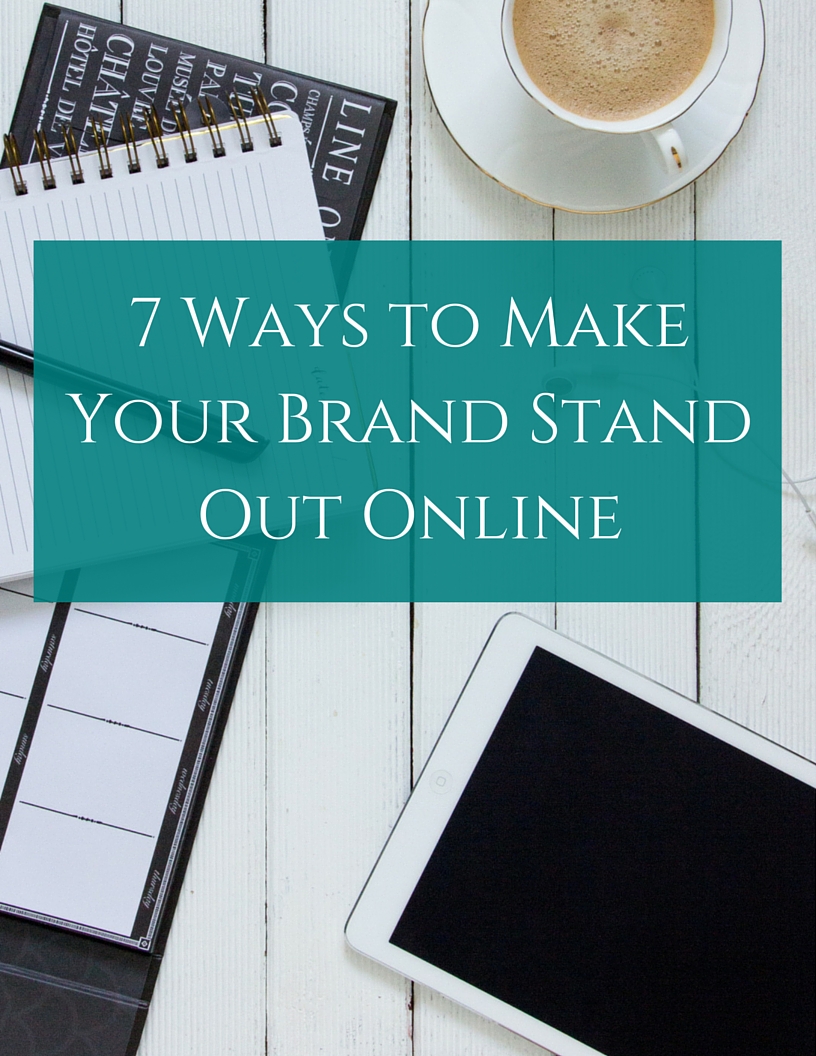New year, new business goals, right?
Or probably, more accurately: new year, new focus on old business goals.
If you want to make this the year that you really grow your online brand — which leads to more customers, increased business growth, and bigger profits — then you’re in luck. Because I’ve got seven awesome ways that you can start to grow your online brand, right here, right now. Plus, a fun surprise for you at the end.
What are you waiting for? Let’s get to it.
This is the year that you achieve your goals and make your brand grow the way you always wanted.
1. Have a color scheme
Does that sound like something an interior decorator would say? Well, it turns out that what works for interior design also works for branding. That’s because readers like things that are:
- visually appealing
- visually consistent
- visually coordinated
Having a color scheme that you stick with checks off all those points. Pick 2-3 colors and use those in the main design elements of your website, products, marketing materials, and social media accounts. Does that mean you can never use any other colors in your images or graphics? Of course not! But your main color scheme should stay the same.
My colors are white, dark grey, and teal. You may decide you like yellow, red, and blue on a white background. You may go for muted pastels like mauve and slate blue. The colors you pick don’t so much matter (though they should feel consistent with your industry).
The point is to be consistent and create a branded color scheme that people can begin to recognize.
2. Create consistent social media accounts
Your social media pages are part of your business marketing, so you want them to feel consistent with each other and with the rest of your brand. That means that:
- the names should match (don’t be @AwesomeCatHats on Twitter, @CatsinHats on Instagram, and @IMakeCatHats on Facebook)
- the color scheme and images should match (see #1)
- you should use the same profile photo on each one (so followers know the found your account and not some other cat hat lover)
- your bio should match (and communicate important information)
This doesn’t mean you should post the same information on each account — in fact, you definitely shouldn’t, because different social media platforms engage different demographics in different ways. But being consistent helps create a brand that people can start to recognize and become excited about.
3. Invest in some quality graphics
“Invest” does not always mean money; in this case, it can either mean money or time. Either way, you should be using good-looking, consistent graphics on your website and products. This will not only make your business look more professional, it will also start to create visual recognition that will help you attract and retain customers.
You should have:
- a logo that you use everywhere
- a branded 200×200 (or 400×400) avatar image
- banners for your social media accounts that match
- consistent style of graphics for blog post
For example, my Twitter banner looks like this:
Which you can see matches the banner at the top of my website.
And my blog post graphics all follow a similar pattern:
 |
 |
 |
If you’re not good at graphic design, you can hire a designer to put these all together for you (ask for a template that you can use for blog posts). If you are more of a DIY-er, you can use a graphics program to make your own designs. (Canva is my recommended graphics resource for small businesses owners that want to DIY — you can get your hands on the other 9 resources I recommend here!)
4. Have a freebie or opt-in offer
Why should you give away something for free?
When you create a freebie for your email list opt-in, you tell people right then and there what your business is about.
For example, my freebie is a resource guide for growing your small business: you know my work is about helping small business owners.
If your business is natural personal care and essential oils, you can create a freebie such as “20+ Uses for Essential Oils in Your Everyday Life.” Bam, visitors instantly know what your business is about and how you can help them. Or maybe you are a personal styling consultant; you can offer a checklist of the 30 most common style mistakes people make in a professional setting. Wedding photographer? Give away a checklist of questions to ask your wedding photographer before your wedding day.
Having an incentive paired with your opt-in has the added bonus of making visitors far more likely to sign up for your mailing list. It will help grow your list and create a dedicated way to communicate with your audience and customer pool. Plus, having a freebie shows off your expertise and provides instant value — two things that make your brand look amazing.
5. Send something personal
When someone tweets at you, do you reply directly to them or ignore it?
When a customer sends you an email, do you respond immediately?
When someone purchases your products, do you just ship it to them with an invoice, or do you include thank you with your signature?
In the online world, it’s easy for things to become automated and impersonal. That’s why creating a personal connection is so important — it really makes your brand stand out from all the other faceless businesses out there.
I once returned a product from a small business, and the day after it was received, the owner personally emailed me to ask what left me dissatisfied and how they could have done better. Impression: made. Brand: remembered.
The next time someone communicates with your business, whether that is on social media, via email, or by interacting with your products, communicate back, personally. It will make your brand stand out immediately.
6. Create an editorial plan for your blog
The point of a business blog is not to write about whatever comes into your head on a given morning. (That’s a personal blog, or a private journal. Those things are awesome, but they’re not what we’re doing here.)
The point of a business blog is to promote and advance your business by connecting with an audience. And you can’t get really effective at doing that until you have a plan.
Let’s take an example. Say you work as a life coach, and you’re about to release a new ebook about removing toxic elements from your life. You don’t want to just release that book into thin air and hope people notice it. You want it to stand out. You want your customers to anticipate it, to be ready to buy it as soon as it’s available. So you create an editorial plan for your blog to launch your book.
- Week One: You write a blog post about decluttering your home. You make it fun and snappy and helpful, the sort of thing that makes readers think, “This is awesome, I want to know more,” And you mention that you’ll soon be releasing an ebook that helps you declutter your entire life.
- Week Two: You write a blog post about defining your professional goals. You dive in deep and really provide useful information. Then you share that your ebook (which is launching in two weeks) devotes an entire chapter to the 20 steps you need to take to advance your career on your own terms.
- Week Three: You write a blog post about positive self-thought that is meaningful, relatable, and inspiring. At the end, you write about how super excited you are to tackle positive self-thought, mantras, self-care, and good meditation techniques in your ebook. You provide a link where readers can sign up (and join your email list) to get 15% off their order when your book launches next week.
- Week Four: You write a blog post that contains an excerpt from the first chapter of your book, plus three glowing reviews from advance readers. You tell readers that if they loved that chapter and are ready to truly create a positive, non-toxic life, they can buy your ebook right now.
By having an editorial plan, you knew exactly what to write for each of those weeks to launch your book. You created an opportunity for there to be buzz about your brand and excitement about your business. And you primed your audience so they were ready to buy when the moment arrived.
7. Keep track of questions
Do you receive questions from customers, potential customers, readers, or other people in your industry?
Don’t just answer them and be done; keep track of what they are! You’ll probably begin to notice that the same questions get asked over and over.
Write those questions down, and use them to streamline your business, improve your website, create new content, and develop your next product.
Do customers always ask about shipping and returns? You probably want to create a standard email response that you can send; this will save you time and create a consistent brand message. You can also add these responses to your FAQ page to create a more comprehensive website.
Some questions can be turned into blog posts. For example, if you sell men’s socks, and someone asks what color dress socks should be worn with a certain type of shoe, you can write a whole blog post about pairing sock and shoe colors in professional or formal settings. Other questions can be turned into newsletters, monthly challenges, or even new products. And then not only will you have answered your customers questions, you’ll have used that feedback to grow and expand your brand’s online presence and offerings.
Ready for that surprise I promised?
How does 10 more awesome strategies for growing your online brand sound? Strategies like where you can find free publicity and getting ideas for blog posts your audience wants to read?
 |
That’s 17 stellar ways your small business can make a splash, connect with customers, and build a community online.
Sounds good? Grab your FREE copy of 17 Ways to Make Your Brand Stand Out Online by clicking on the graphic or right here, right now. I’m beyond excited to share these great ideas with you, ideas that I know will help grow your business and make your brand even more amazing online!
|


Leave a Reply